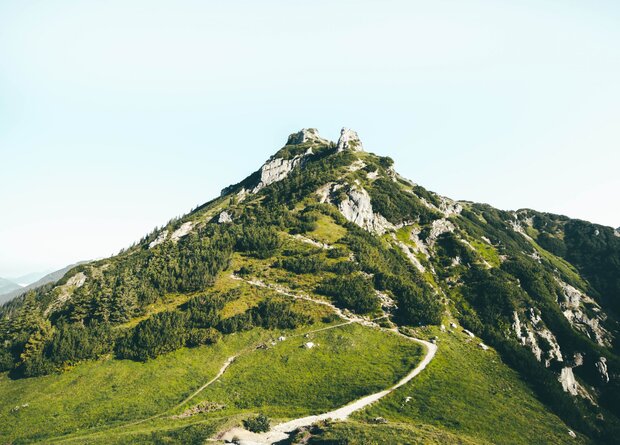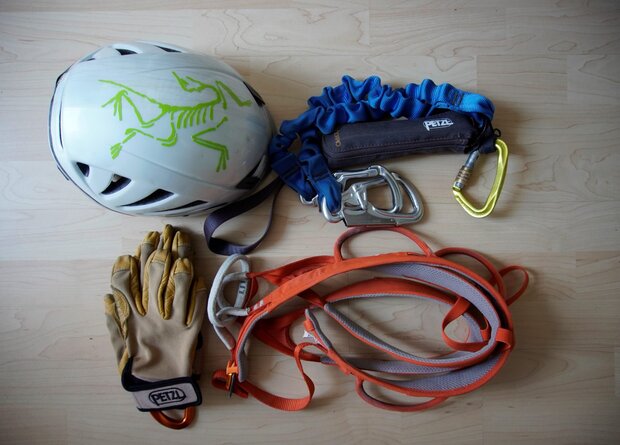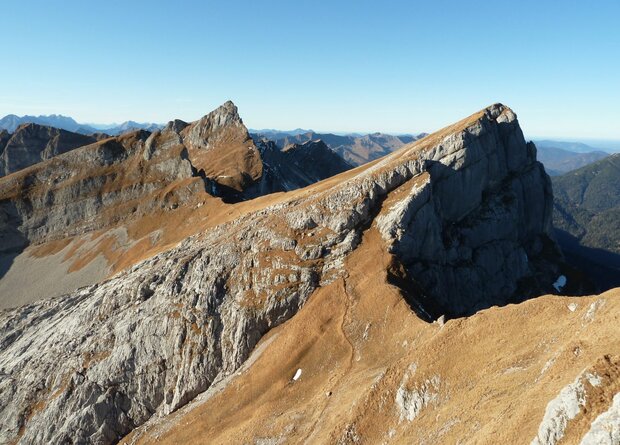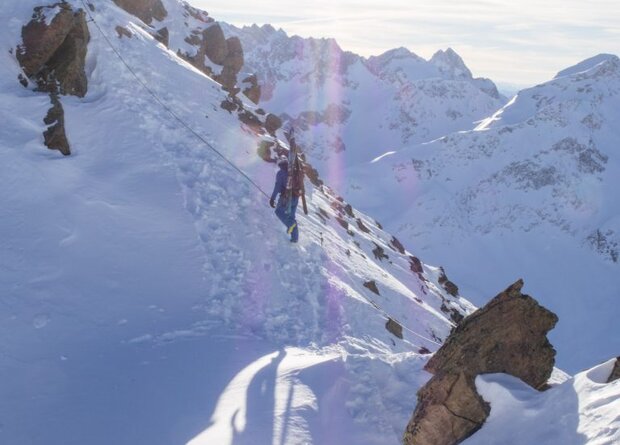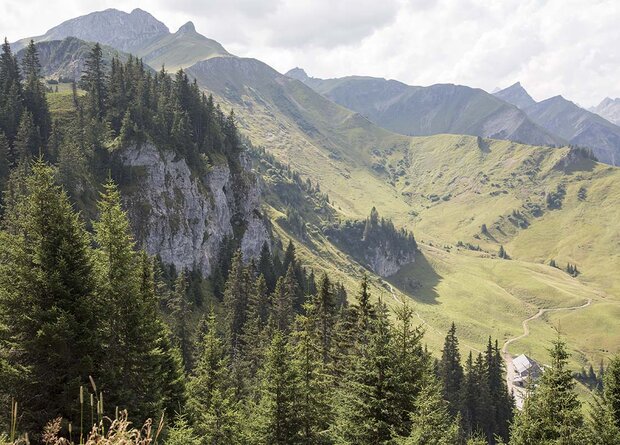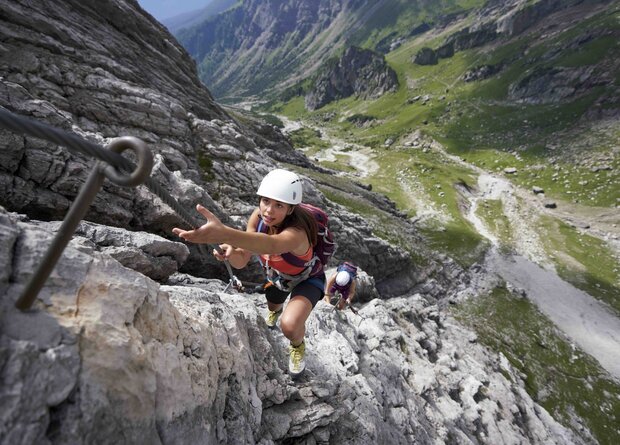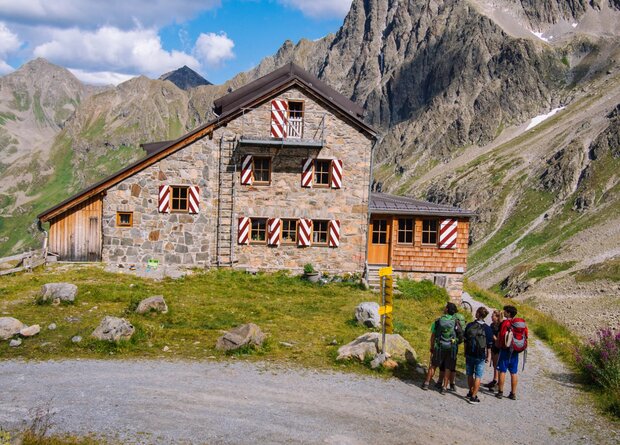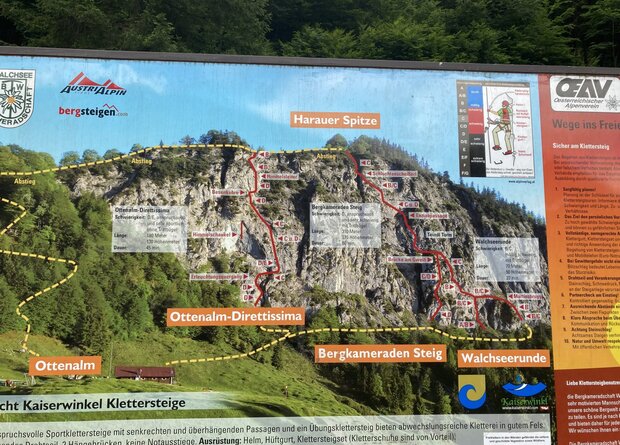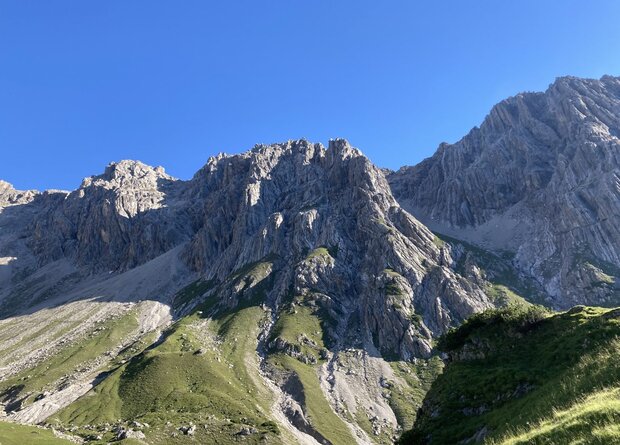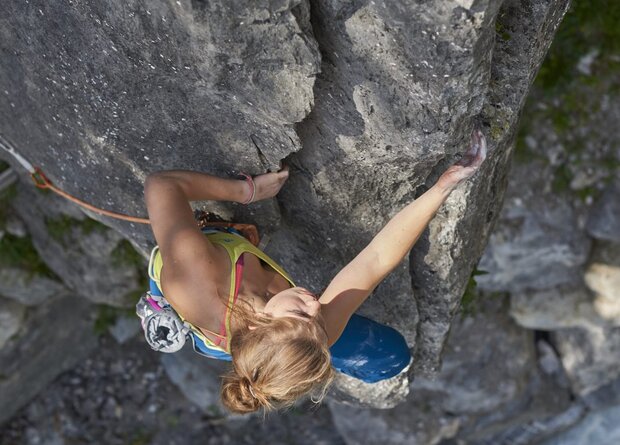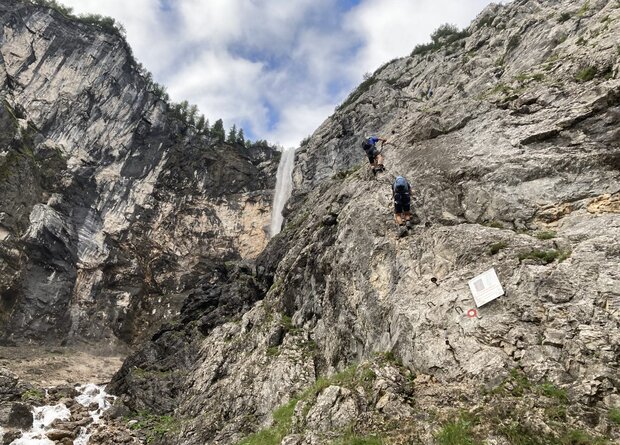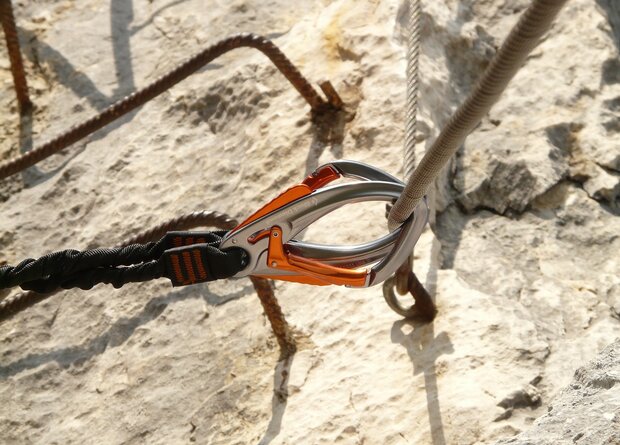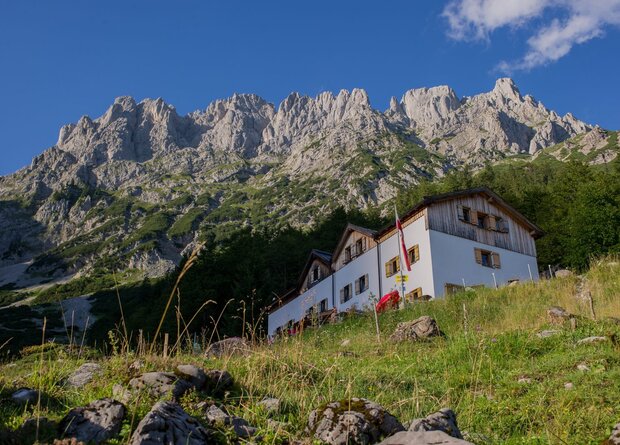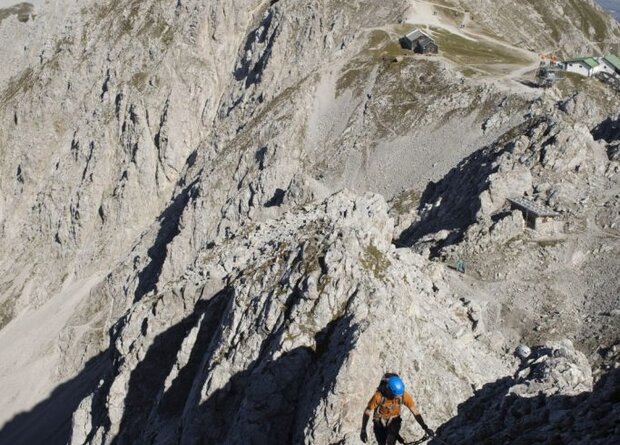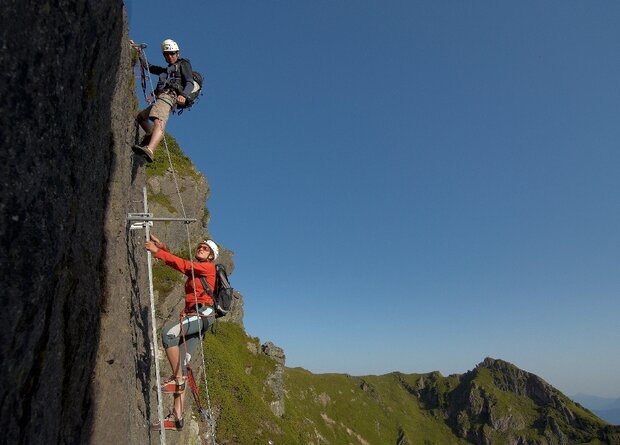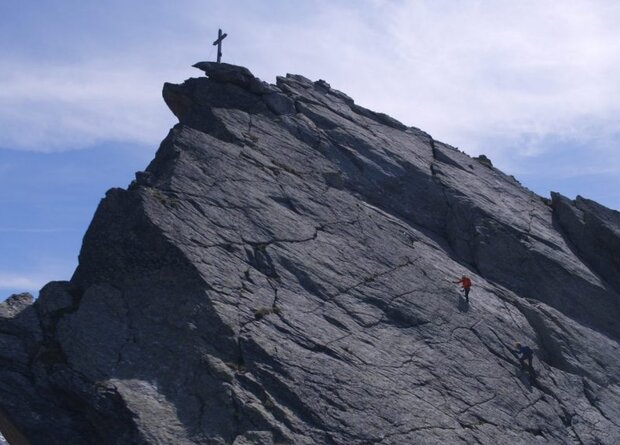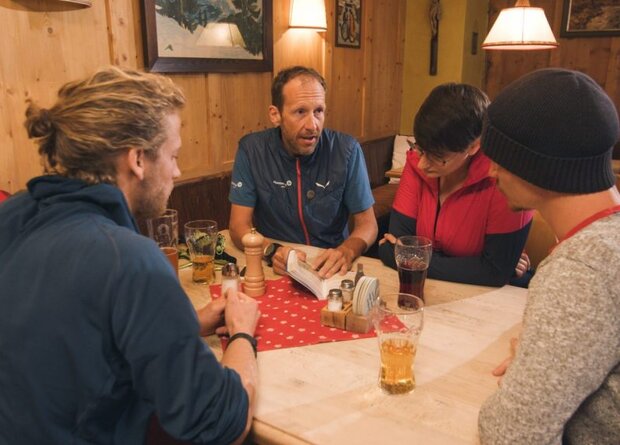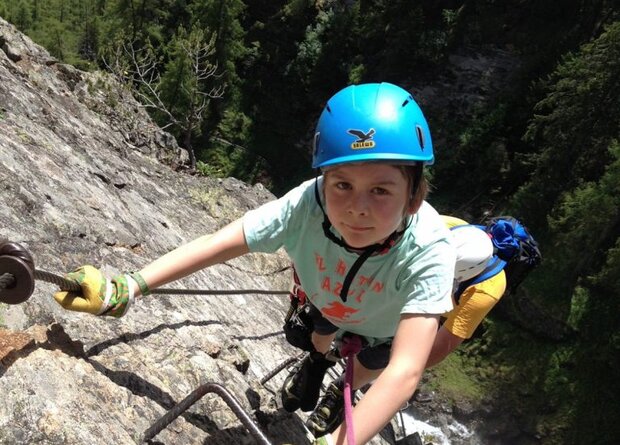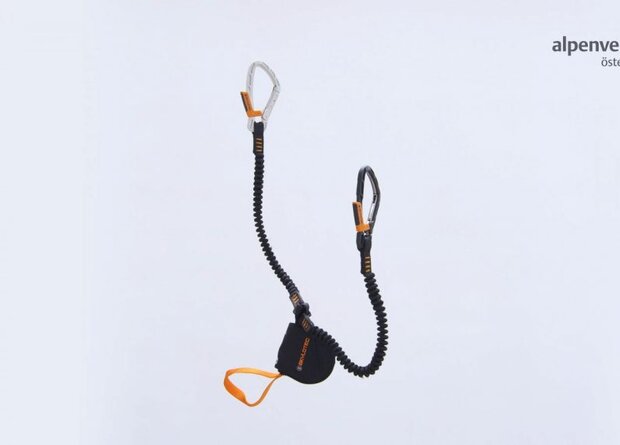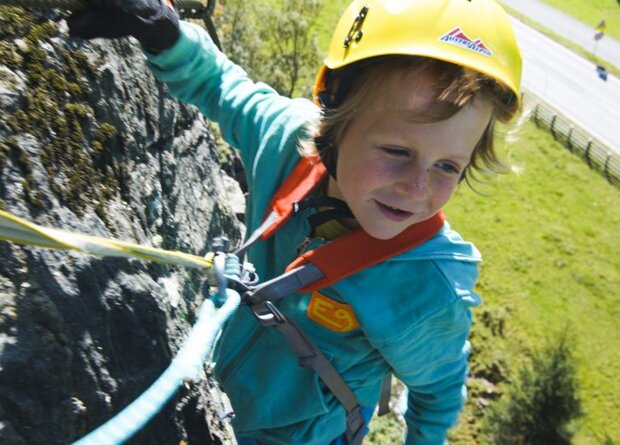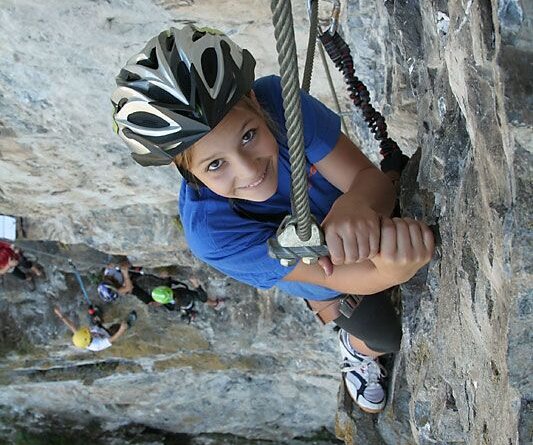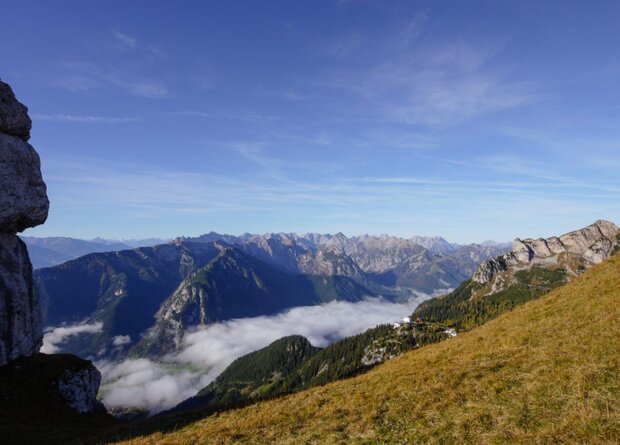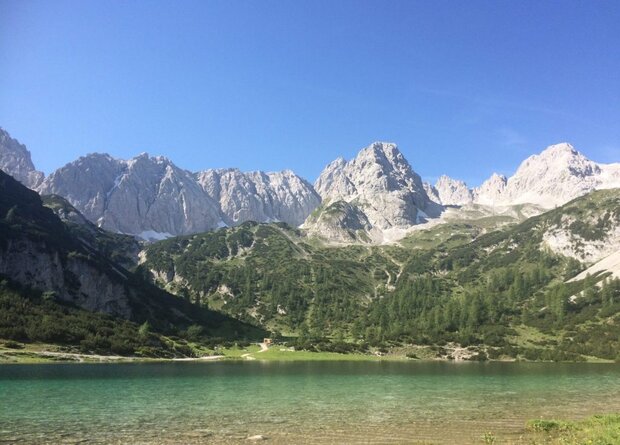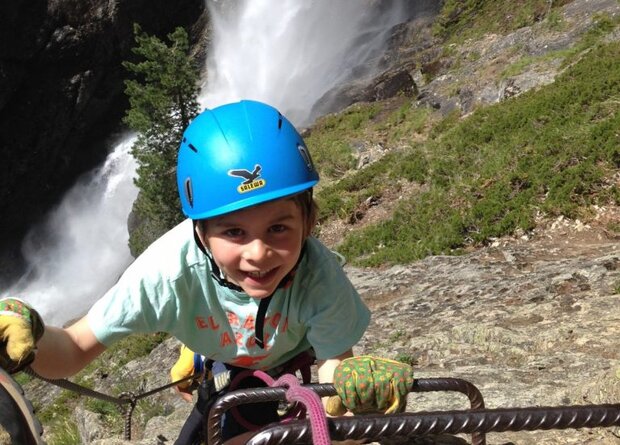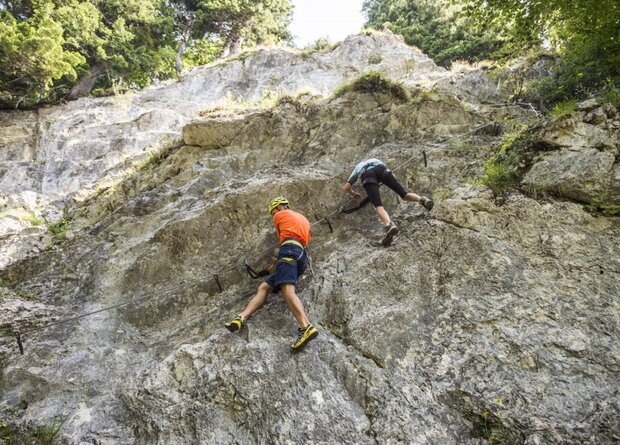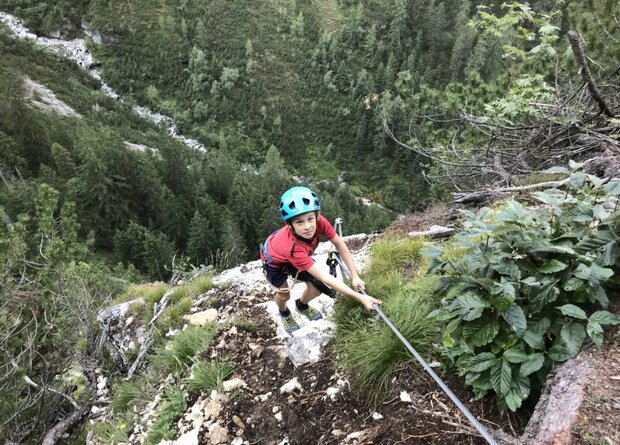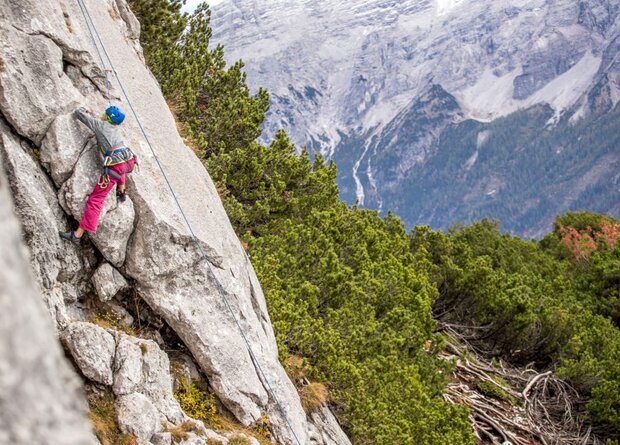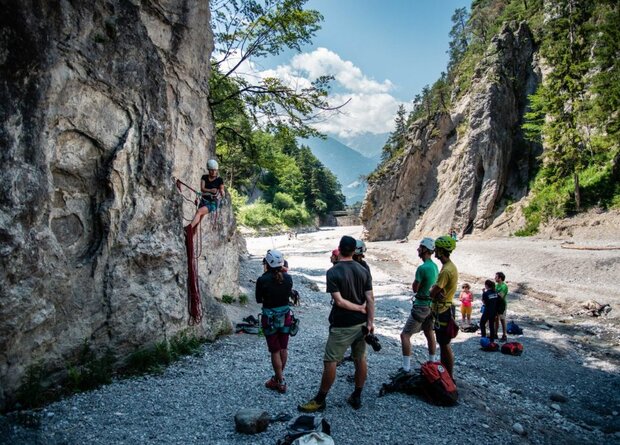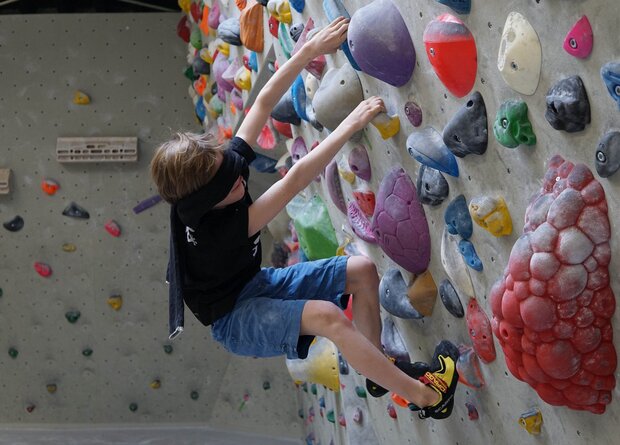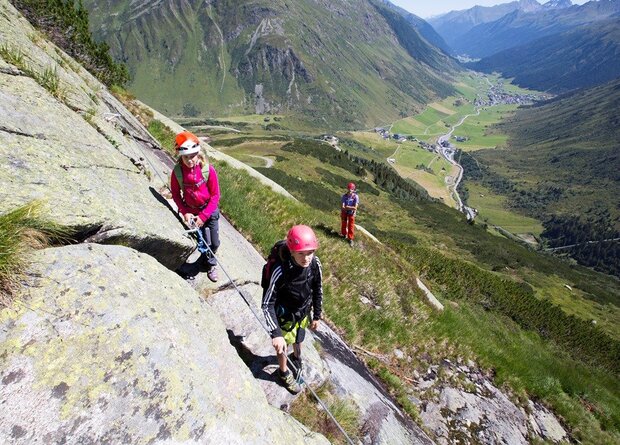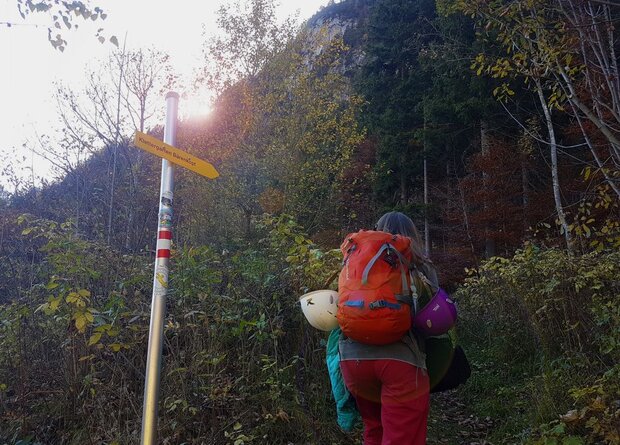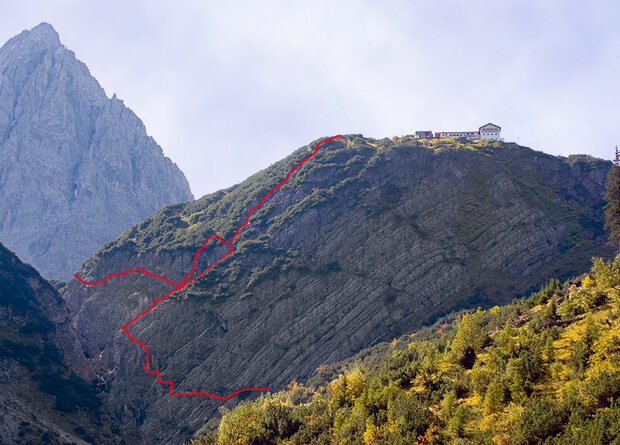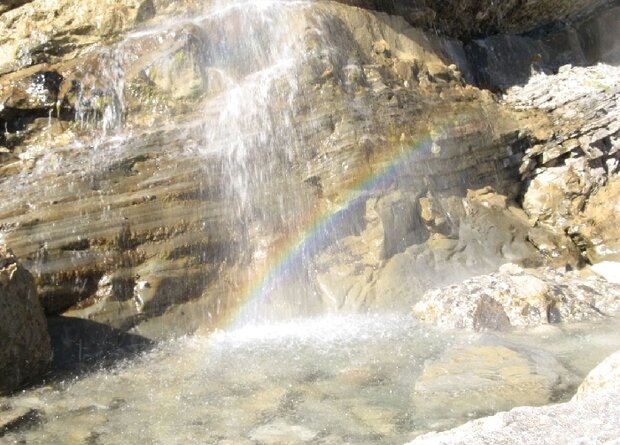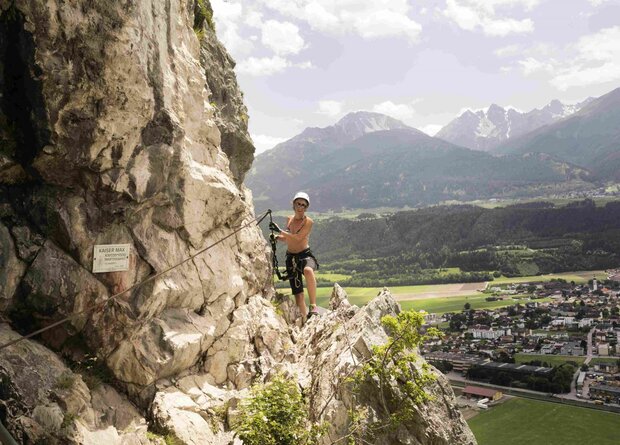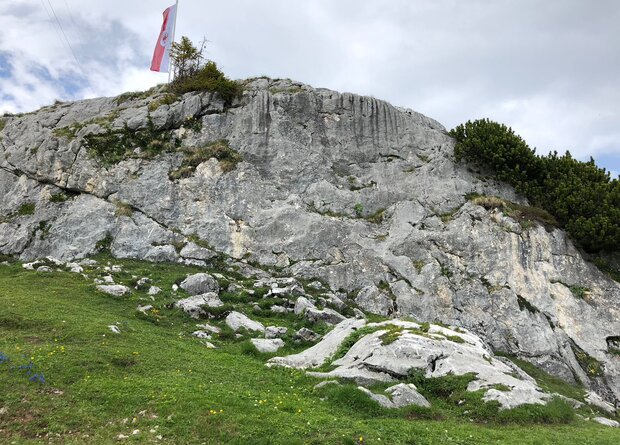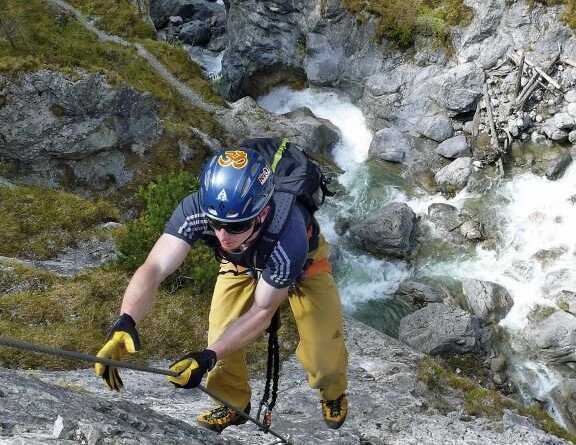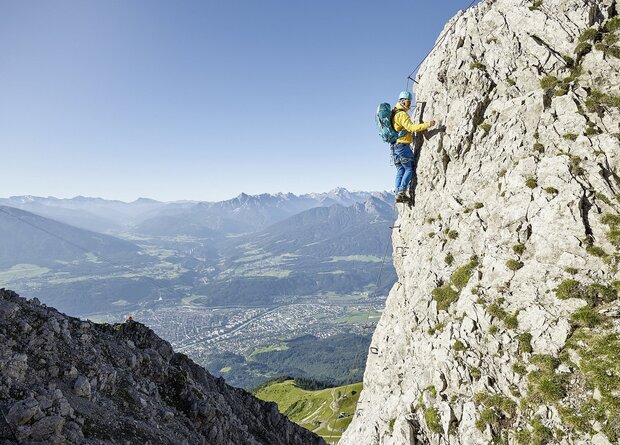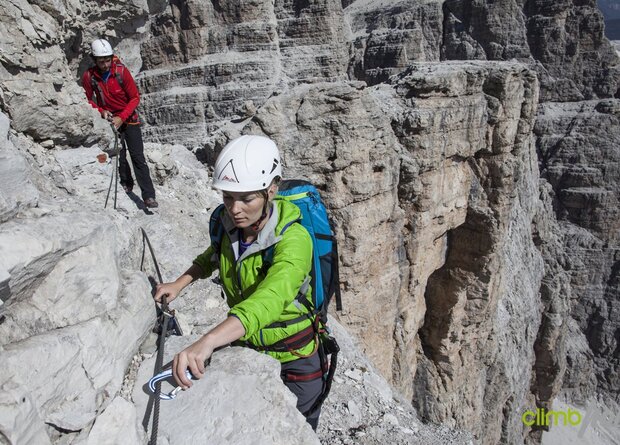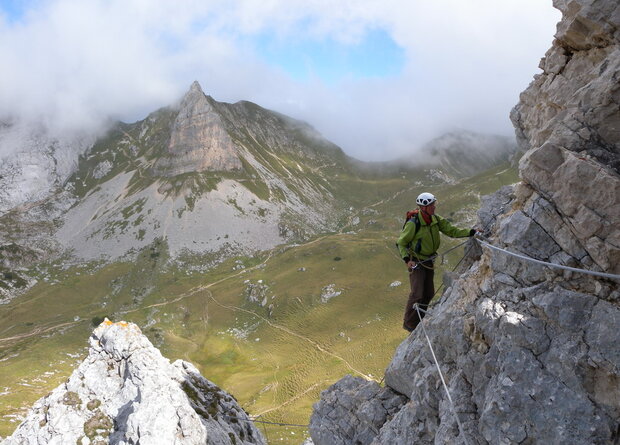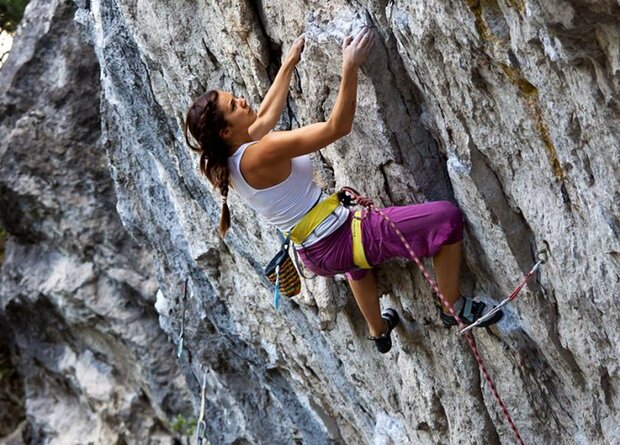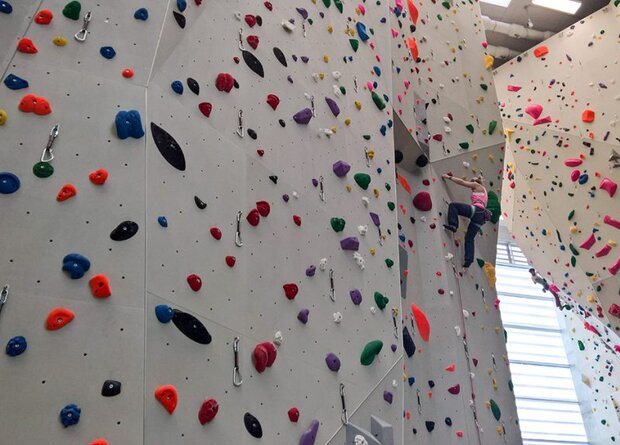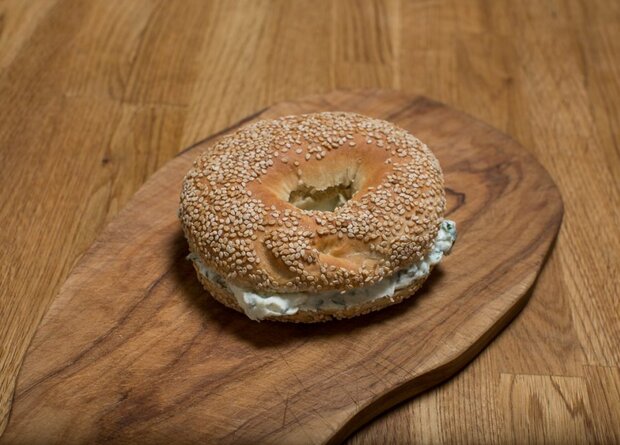One of the most famous climbing areas in North Tyrol, the Chinese Wall climbing garden near Leutasch, is getting on in years. Many of the routes were opened up in the 80s and have not been renovated since. For a long time, there was no local climbing scene on the Seefeld plateau to look after the climbing garden.
With the Mauerfix, which was formed in 2015 as a local group of the Alpine Club, there is now a community that is committed to the Chinese Wall climbing garden and has raised the necessary funds to realize a broad renovation of the climbing area. The TVB Olympiaregion Seefeld is fully behind the project. The cooperation between the TVB and Mauerfix is exemplary and there is also agreement with the hunters on most issues, at least as far as the Chinese Wall climbing garden is concerned.
180 routes in the Chinese Wall climbing garden
The Great Wall of China has 7 sectors with a total of around 180 routes. Many of the older routes are the work of Reinhold Scherer, Bernhard Prommer, Hangl Bernhard and Heinz Zak. Arthur Wutscher is a quiet developer who doesn't make a big fuss about himself. The full-time stove fitter from Telfs is still one of the most active developers of the Chinese Wall climbing garden and is a specialist for technically difficult wall climbs. A lot has been done in recent years, especially in the upper sectors such as the strips. Markus Haid from Ötztal is not an unknown name that you stumble across again and again. Known for the development of the Piburger See and Niederthai areas, he has also left his mark on the wall, as well as in the sectors around the strips and roofs.
Wilde Mändle (7a) in the Hong Kong sector
Wilde Mändle (7a) in the Hong Kong sector High above the Samurai sector towers a wide roof with fixed slings. Only rarely do you see climbers taking the trouble to try the modern test pieces by Much Mayr and Jorg Verhoeven. With "The great gig in the sky" 8c and "The dark side" 8c+, the Chinese Wall climbing garden also has something to offer for very strong climbers. Well, very strong is of course relative, but the hard rating of the wall and the sometimes confusing rock make the wall something special. With strength alone, you can only get up the one or other tour in the main sector. Hangl Benni Jr. proved this with the ascent of Shir Khan (7c) with sneakers. But when it comes to the gray, angled slabs, bicep power alone is no longer much use.
New routes in the Chinese Wall climbing garden thanks to refurbishment
During the renovation of the main sector, Mauerfix felled the tree next to the Hanuman route to prevent the already dilapidated trunk from falling over in an uncontrolled manner. The free space between the two routes Hanuman and Link the Butler was immediately used to create another line through the water-eroded holes. Another wall jewel, the "Flühlingslolle" 7c+ by Thomas Wanner was born and is looking forward to many ascents.
The route "Mister Miyagi" (8b) would like to see many ascents. The short, crisp route by Patrick Trois in the main sector makes every boulderer's heart beat faster and has become even more difficult since the break-out of an underpinning.
Bernie Ruech in Puls 2000 (7c+).
Further renovations needed in the Chinese Wall climbing garden
The wave of renovations by Mauerfix at the Chinesische Mauer climbing garden continues. By fall 2017, the group wants to have completed all routes (1st pitches) in the main sector, Dodlwand and Samurai sector with bolts where possible. The Hong Kong sector is then on the agenda for the autumn. The remaining sectors will then be tackled in 2018, whereby the intermediate bolts are consistently good. In most cases, it is the stands that leave something to be desired and need to be replaced. Old, dangerous pitons will also be removed during the renovation and replaced with new Austrialpin fixed slings with steel carabiners. Classic routes such as the Caramba, Shir Khan or Pistolero were equipped with some fixed slings, as the routes are very popular and hanging the slings often involves a great deal of effort.
